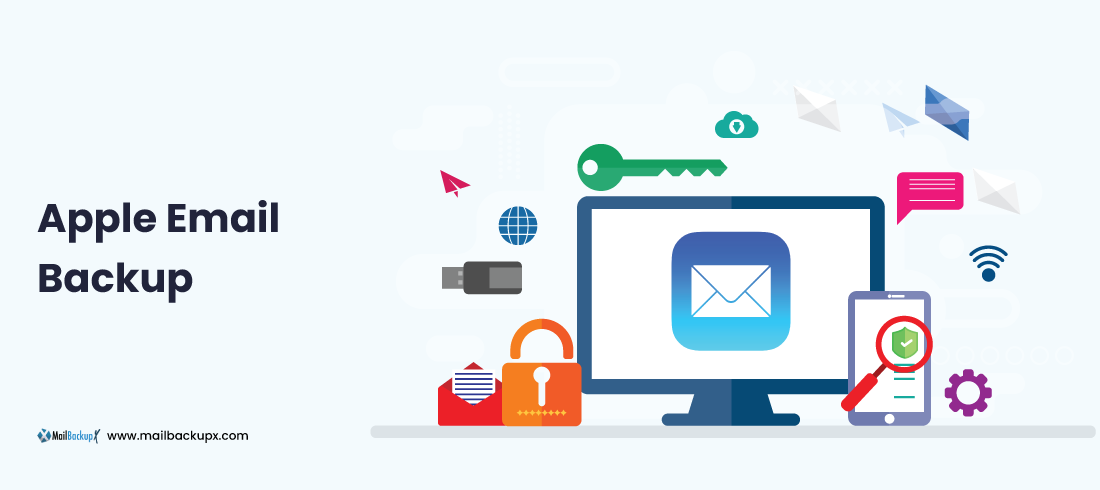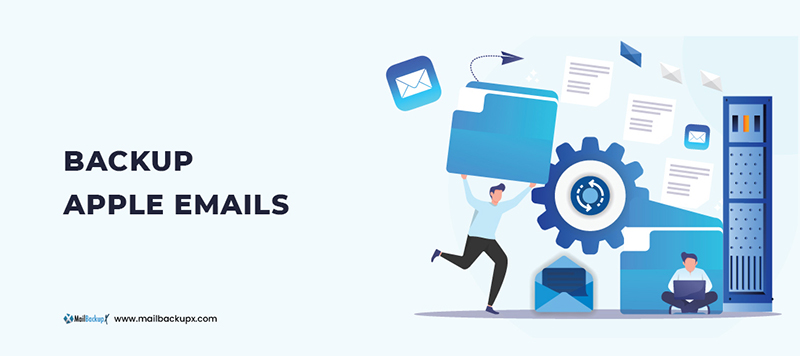
You can use Time Machine which has been provided by Apple to its users for a number of functions which also include email backup, email recovery, and others. It is a good way to ensure your mails are protected against data loss. You will still see that many experts ask you to get a dedicated email backup solution for backup and recovery of most email services. The reason behind this advice is that Time Machine is a restrictive method with some skills required, it needs an external formatted disk, and it is not as flexible as a professional tool. For regular automatic backups where you can customise your profiles, you will need a professional tool.
A short comparison of Apple email backup methods
Manual methods need a lot of time for execution of the task and backups have to be done in chunks as there are limitations like how much data volume can be backed up without lags and corruption. You cannot upload all types of folders at once. There is no automatic way to check the progress and results. The limitations of Time Machine have been briefly discussed above.
With free and cracked tools, you are playing a gamble of whether the tool will work or not. This isn’t a simple yes or no job as when a tool doesn’t work it can also corrupt your files in the process. Another gamble and actually a bigger one is using a tool whose source codes can be manipulated if someone tries and then your data can be hacked, stolen, and used inappropriately. You are also putting your devices at a risk.
Professional Apple mail backup tools
We cannot put all professional tools in the same bracket as every tool will have a differing set of features and a different level of support, prices, packages, etc. But there are few common things. These are secure codes, a proper identifiable and reachable source company, customer support, working tools, and others.
These are the advantages of using a tool with offline mode for Apple mail backup
You can find professional tools which can work offline. There are many advantages when a tool can work offline. One of these is that you can execute the task anytime and even when there is no network. Second is that when there is no dependence on an internet connection, there is also a decreased risk of cyber safety issues. There are other advantages as well.
How to backup mail on Mac in the best manner?
The most efficient email backup tool for end users is Mail backup X which works offline, has round the clock support, can store your backups locally and/or externally and even on major Cloud based services. It has double layered encryption, mail migration feature, data compression feature, integrated FTP server, and many other amazing options. You can also save your backups as PDF documents which is a very convenient format to share or view files. There is a demo for this tool as well.
Try it.


